Home>Interior Design>Wood Burner Ideas: 12 Cozy Designs And Expert Installation Tips
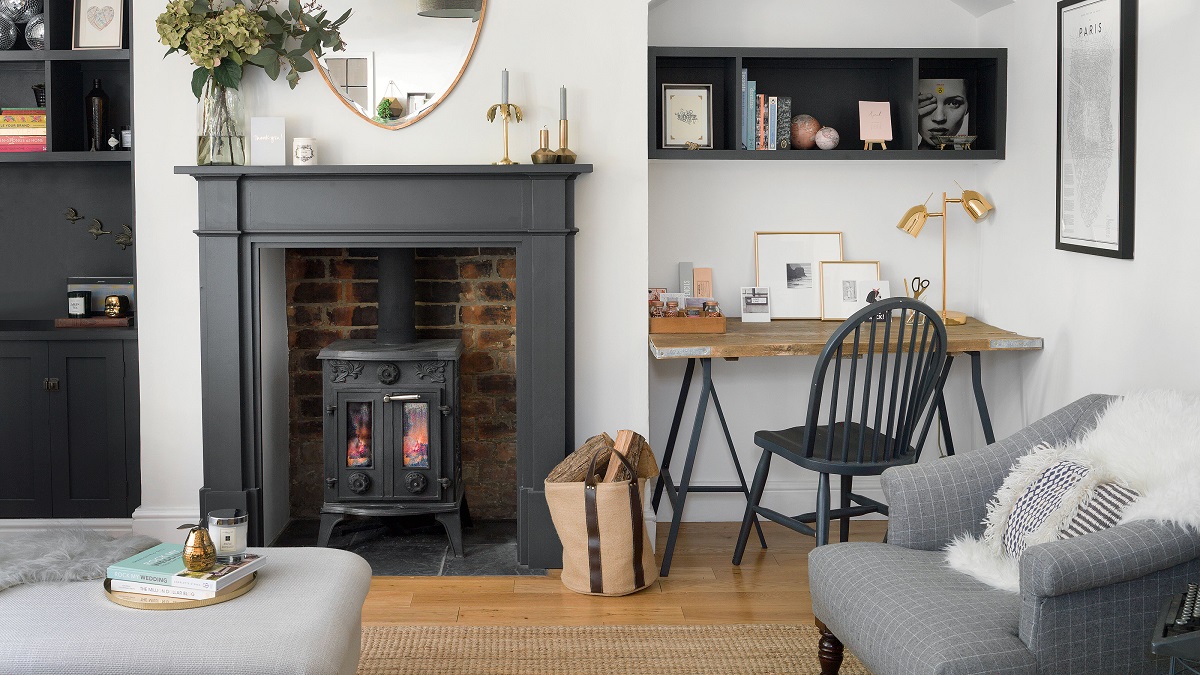

Interior Design
Wood Burner Ideas: 12 Cozy Designs And Expert Installation Tips
Modified: January 19, 2024
Discover 12 cozy wood burner designs and gain expert installation tips for your interior design project. Enhance the warmth and ambiance of your space with these expertly chosen ideas.
(Many of the links in this article redirect to a specific reviewed product. Your purchase of these products through affiliate links helps to generate commission for Storables.com, at no extra cost. Learn more)
Introduction
Welcome to the world of wood burners! If you’re looking to add warmth, ambiance, and a touch of rustic charm to your home, then a wood burner is the perfect solution. These versatile heating appliances not only provide an efficient way to heat your space but also add a cozy and inviting atmosphere to any room.
In this article, we will explore various wood burner designs, offer creative ideas to make your wood burner area more cozy and inviting, and provide expert tips for installation and maintenance. Whether you’re a homeowner considering a wood burner or an interior design enthusiast looking to revamp your existing wood burner area, this article will provide you with valuable insights and inspiration.
But before we dive into the details, let’s briefly explore the benefits of having a wood burner in your home. Firstly, wood burners are an eco-friendly heating option, as wood is a renewable energy source. They also provide a cost-effective alternative to traditional heating systems, as wood is often less expensive than other fuel sources. Additionally, wood burners create a warm and welcoming ambiance that can’t be replicated by other heating methods.
Now that we’ve covered the basics, let’s explore the world of wood burner designs and discover some creative ideas to enhance your wood burner area.
Key Takeaways:
- Embrace the warmth and charm of wood burners by choosing the right design, incorporating cozy elements, and ensuring proper installation and maintenance for a captivating and inviting home ambiance.
- Enhance the energy efficiency of your wood burner with high-efficiency models, proper sizing, efficient combustion techniques, and regular maintenance, creating a cozy and eco-friendly heating solution.
Read more: How To Install A Wood Burner With A Chimney
Types of Wood Burner Designs
When it comes to wood burner designs, there are several options to choose from. Each design has its own unique features and characteristics, allowing you to find the perfect fit for your home. Here are some popular types of wood burner designs:
- Freestanding Wood Burners: These are standalone units that can be placed anywhere in the room. They often have a traditional, rustic look and are available in various sizes and styles. Freestanding wood burners are ideal for creating a focal point in the room and can be easily moved if needed.
- Inset Wood Burners: As the name suggests, inset wood burners are designed to be installed into a recessed wall or fireplace opening. They provide a seamless and sleek look and can be a space-saving option for smaller rooms. Inset wood burners often have a contemporary design and can be customized to blend seamlessly with your home’s decor.
- Cassette Wood Burners: Cassette wood burners are similar to inset wood burners but are typically larger in size. They are designed to be installed as a built-in unit and often have a wide viewing window, offering an unobstructed view of the flames. Cassette wood burners are a stylish and modern choice that can create a stunning focal point in any living space.
- Double-Sided Wood Burners: If you have an open-plan living area or want to enjoy the warmth and ambiance from two different rooms, a double-sided wood burner is a perfect choice. These burners have glass on two opposite sides, allowing you to enjoy the mesmerizing flames from multiple viewpoints. Double-sided wood burners are a statement piece that can add a touch of elegance and sophistication to your home.
- Hanging Wood Burners: For a unique and contemporary look, consider a hanging wood burner. These burners are suspended from the ceiling using a flue pipe and can be a stunning centerpiece in any room. Hanging wood burners are ideal for rooms with high ceilings and can create a striking visual impact.
These are just a few examples of the different wood burner designs available. When choosing a design, consider your home’s overall aesthetics, the size and location of the space, and your personal preferences. Each design offers its own charm and functionality, so take the time to explore your options and find the design that speaks to you.
Cozy Wood Burner Design Ideas
A wood burner not only provides warmth, but it also creates a cozy and inviting atmosphere in your home. To enhance the overall look and feel of your wood burner area, consider incorporating these cozy design ideas:
- Surrounding Materials: Choose the right materials to surround your wood burner to create a warm and inviting ambiance. Natural stones, such as slate or granite, can add a touch of rustic charm, while tiles can offer a more contemporary look. Consider using heat-resistant materials that complement your home’s interior design.
- Mantel and Shelves: Install a mantel or shelves above your wood burner to add a decorative element to the space. This allows you to display family photos, artwork, or other decorative items that bring personality and warmth to the room. A well-styled mantel or shelves can instantly transform your wood burner area into a focal point in the room.
- Cozy Seating: Create a comfortable seating area around your wood burner where you can relax and enjoy the warmth. Arrange cozy armchairs or a plush sofa nearby, along with soft blankets and cushions for added comfort. This creates a cozy nook where you can curl up and unwind while basking in the soothing glow of the fire.
- Lighting: Install soft and warm lighting fixtures in the wood burner area to create a cozy ambiance. Consider using wall sconces, table lamps, or pendant lights with dimmers to adjust the lighting according to your mood. Soft, warm lighting will enhance the overall atmosphere and create a sense of relaxation and coziness.
- Natural Elements: Incorporate natural elements such as plants and natural fibers into your wood burner area to add a touch of warmth and freshness. Place potted plants on the mantel or shelves, add a woven rug under the seating area, or use natural fiber curtains to create a connection with nature. These elements bring a sense of tranquility and comfort to the space.
- Accessories and Decor: Choose accessories and decor items that complement the wood burner area and create a cozy atmosphere. Consider adding a large statement mirror to reflect the flames and create the illusion of a larger space. Decorative candle holders, lanterns, and art pieces can also add charm and personality to the room.
Remember, the key to creating a cozy wood burner area is to combine warmth, comfort, and personal style. Experiment with different design elements and find a balance that suits your taste and enhances the overall ambiance of the space.
Expert Installation Tips for Wood Burners
Proper installation is crucial to ensure the safe and efficient operation of your wood burner. Here are some expert installation tips to consider:
- Consult a Professional: It’s always recommended to consult with a professional installer or a qualified heating engineer before installing a wood burner. They will assess your home’s specific requirements and ensure that the installation is done correctly, following local building codes and regulations.
- Choose the Right Size: Select a wood burner that is properly sized for the space you intend to heat. A professional installer can help you determine the appropriate size based on the room’s dimensions and insulation levels.
- Clearance Requirements: Ensure that you follow the manufacturer’s recommended clearance distances for your wood burner. This includes the distance from combustible materials such as walls, furniture, and curtains. Proper clearance is essential to avoid the risk of fire and to maintain adequate ventilation around the appliance.
- Flue and Chimney: The installation of a wood burner requires a flue pipe and a chimney system. It’s important to ensure that the flue pipe is properly sized, insulated, and installed with the correct clearances. The chimney should also be in good condition and free from any blockages or damage.
- Air Supply: Wood burners require an air supply for combustion. Ensure that there is sufficient air circulation in the room to provide fresh air for the wood burner. In some cases, it may be necessary to install a dedicated external air supply to ensure proper ventilation.
- Fireproof Hearth: Install a fireproof hearth in front of the wood burner to protect the floor from heat and potential ember sparks. The hearth should extend a sufficient distance in front of the wood burner, as specified by building regulations.
- Carbon Monoxide Detectors: Install carbon monoxide detectors near the wood burner and in other areas of your home to detect any potential leaks. These detectors can provide early warning signs if there is a buildup of this odorless and highly dangerous gas.
- Regular Maintenance: Once the wood burner is installed, it’s important to schedule regular maintenance and inspections. This includes cleaning the chimney, inspecting the flue pipe, and checking the overall condition of the wood burner. Regular maintenance ensures the safe and efficient operation of the appliance.
Remember, a properly installed wood burner not only ensures your safety but also maximizes the efficiency and lifespan of the appliance. By following these expert installation tips and seeking professional advice, you can enjoy the cozy warmth of your wood burner with peace of mind.
Safety Measures for Wood Burner Installation
Installing a wood burner requires careful attention to safety to ensure the well-being of your home and loved ones. Here are some important safety measures to consider:
- Follow Manufacturer’s Instructions: Always carefully read and follow the manufacturer’s instructions for installation and operation of your wood burner. This includes proper placement, clearance requirements, and maintenance guidelines.
- Fireproof Surroundings: Ensure that the area around your wood burner is free from flammable materials, such as furniture, curtains, or decorations. Keep a safe distance between the wood burner and any combustible surfaces to prevent the risk of fire.
- Use a Fireguard: If you have small children or pets, consider using a fireguard to create a barrier between them and the wood burner. This will prevent accidental contact with hot surfaces and reduce the risk of burns.
- Carbon Monoxide Detection: Install carbon monoxide detectors near your wood burner and in other areas of your home. These detectors can alert you to the presence of carbon monoxide, an odorless and potentially deadly gas that can be emitted by wood burners if not properly ventilated.
- Proper Ventilation: Ensure that your wood burner is properly ventilated to allow for the efficient combustion of wood and the safe expulsion of combustion gases. Follow the recommended guidelines for the size and placement of vents and flue pipes.
- Avoid Overloading: Never overload your wood burner with excessive amounts of wood or other combustible materials. Follow the manufacturer’s guidelines for the recommended fuel load to prevent excessive heat and potential damage to the appliance.
- Regular Inspections: Schedule regular inspections of your wood burner and chimney by a qualified professional. This will help detect any potential issues or blockages and ensure that the system is functioning safely and efficiently.
- Proper Ash Disposal: Dispose of wood ash carefully in a metal container specifically designed for ash disposal. Allow the ash to cool completely before disposing of it, as hot ash can pose a fire hazard if not handled properly.
- Fire Safety Equipment: Keep fire safety equipment, such as fire extinguishers, readily accessible near your wood burner. Familiarize yourself with their operation and ensure they are regularly inspected and maintained.
- Educate Household Members: Provide clear guidelines and educate all members of your household about the safe operation and maintenance of the wood burner. This includes teaching them about the hazards associated with the appliance, potential risks, and emergency procedures.
By adhering to these safety measures, you can enjoy the comfort and warmth of your wood burner while prioritizing the safety of your home and loved ones.
Read more: How To Make Living Room Cozy
Choosing the Right Location for Your Wood Burner
Choosing the right location for your wood burner is essential for both practical and aesthetic reasons. Here are some factors to consider when determining the optimal placement:
- Heat Distribution: Select an area in your home where the heat from the wood burner can effectively reach and distribute warmth to the desired spaces. Consider the layout of your home and the placement of doors or openings that allow heat to flow freely.
- Ventilation: Ensure that the chosen location allows for proper ventilation of the wood burner. This includes having a suitable flue system and clearance from combustible surfaces. Adequate ventilation is crucial for the safe operation of the appliance and to prevent the buildup of harmful gases.
- Clearance Requirements: Follow the manufacturer’s recommended clearance distances for your specific wood burner model. These requirements usually specify the distance from walls, furniture, curtains, and other combustible materials to maintain safety and prevent the risk of fire.
- Accessibility: Choose a location that allows for convenient access to the wood burner for loading fuel, cleaning, and maintenance. Having adequate space around the appliance makes it easier to operate and perform routine tasks efficiently.
- Aesthetics: Consider the overall aesthetics of the room when deciding on the placement of your wood burner. It should complement the existing décor and enhance the ambiance of the space. A well-positioned wood burner can become a focal point and add visual appeal to the room.
- Structural Considerations: Assess the structural integrity of the chosen location. Ensure that the floor or wall where the wood burner will be installed can support its weight. If in doubt, consult with a professional to ensure a safe and secure installation.
- Proximity to Combustible Materials: Pay attention to nearby combustible materials, such as wooden beams, walls, or furniture. Keep a safe distance to prevent heat damage or fire hazards. Remember to account for future furniture arrangements or any potential changes in the room’s layout.
- Room Size: Consider the size of the room when determining the location for your wood burner. A larger room may require a larger wood burner or additional heating sources to ensure adequate warmth. A smaller room may benefit from a smaller wood burner to prevent overheating.
- Centralized Location: If your goal is to heat multiple rooms or achieve whole-house heating, choosing a centralized location for the wood burner may be beneficial. This allows for the heat to radiate and distribute evenly throughout the home, maximizing its efficiency.
Take the time to carefully evaluate these factors and choose a suitable location for your wood burner. It is always recommended to consult with a qualified professional or heating specialist to ensure the optimal placement and safe installation of your wood burner.
Ventilation Requirements for Wood Burners
Proper ventilation is essential for the safe and efficient operation of wood burners. Here are some important ventilation requirements to keep in mind:
- Flue System: A flue system is a crucial component of wood burner ventilation. It consists of a flue pipe that connects the wood burner to the outside, allowing the expulsion of combustion gases. The flue pipe should be installed following the manufacturer’s guidelines and maintained in good condition.
- Clearance from Combustible Materials: Ensure that the wood burner and flue system have proper clearance from combustible materials such as walls, ceilings, and furniture. The manufacturer’s instructions will specify the recommended minimum distance to maintain safety and prevent the risk of fire.
- Position of Air Vents: Some wood burners require ventilation through external air vents to ensure proper combustion. These vents bring in fresh air for the wood burner, preventing a negative pressure situation that could hinder efficiency. Follow the manufacturer’s instructions regarding the positioning and installation of air vents.
- Room Ventilation: Apart from flue system ventilation, it’s important to consider general room ventilation. Ensure there is adequate air circulation in the room to provide fresh air for combustion and to disperse potential byproducts. This can be achieved through windows, doors, or mechanical ventilation systems.
- Carbon Monoxide (CO) Detection: Install carbon monoxide detectors near the wood burner and in other areas of your home. Carbon monoxide is a colorless, odorless gas that can be produced during the incomplete combustion of wood. Detectors can provide early warning signs if carbon monoxide levels rise to dangerous levels.
- Use of Dampers: Dampers are adjustable parts within the flue system that control the airflow. They should be used in accordance with manufacturer instructions to regulate the burn rate and ensure optimal combustion. Improper damper use can lead to poor ventilation, reduced efficiency, and increased emissions.
- Chimney Maintenance: A clean and properly functioning chimney is crucial for ventilation. Regular chimney maintenance includes removing soot and creosote buildup, inspecting for blockages or damages, and ensuring proper drafting. Schedule professional chimney inspections and cleanings as recommended.
- Exhaust Height: The height of the flue termination point above the roofline can impact ventilation. It helps to create a natural draft by allowing the rising hot air to disperse. Consult local building codes to determine the required minimum height for safe and efficient ventilation.
- Professional Installation: Ventilation requirements can vary depending on the specific wood burner model and local building codes. To ensure proper ventilation, it’s recommended to consult with a professional installer or heating engineer. They can assess your specific needs and ensure compliance with ventilation regulations.
Remember, proper ventilation is necessary to ensure the efficient and safe operation of your wood burner. By following these ventilation requirements and seeking professional guidance when needed, you can enjoy the cozy warmth of your wood burner with peace of mind.
When installing a wood burner, make sure to position it in a central location in the room for optimal heat distribution. Also, consider adding a heat-resistant hearth to protect the floor underneath.
Maintaining and Cleaning Your Wood Burner
To ensure the longevity and optimal performance of your wood burner, regular maintenance and cleaning are essential. Here are some key tips to help you maintain and clean your wood burner:
- Regular Ash Removal: Remove the accumulated ash from the wood burner regularly. Use a metal ash shovel and an ash container with a lid. Only remove the ash when it has completely cooled to avoid the risk of fire.
- Cleaning the Glass Door: The glass door of the wood burner can become dirty due to soot and residue. Clean it regularly using a specially formulated glass cleaner or a mixture of vinegar and water. Use a non-abrasive cloth or sponge and ensure the door is cool before cleaning.
- Inspecting and Cleaning the Flue System: Regularly inspect the flue system for any blockages, creosote buildup, or damage. Hire a professional chimney sweep to clean the flue annually or as recommended by the manufacturer. This will ensure proper ventilation and prevent chimney fires.
- Cleaning the Exterior: Wipe down the exterior of the wood burner with a damp cloth to remove dust and debris. Avoid using abrasive cleaners or materials that may damage the surface. For stubborn stains, use a mild soap solution and rinse thoroughly.
- Inspecting the Firebricks: Check the condition of the firebricks inside the wood burner. If any bricks are cracked, damaged, or excessively worn, they should be replaced. Firebricks help to retain and reflect heat, so maintaining their integrity is important for efficient combustion.
- Checking Gaskets and Seals: Inspect the gaskets and seals around the door and other access points of the wood burner. Replace any damaged or worn gaskets to ensure a tight and secure seal, preventing air leaks that can affect efficiency.
- Professional Servicing: Schedule periodic professional servicing of your wood burner. A qualified technician can assess the overall condition of the appliance, clean internal components, inspect for any potential issues, and make necessary adjustments to optimize performance.
- Storage during Off-Season: If you don’t plan to use your wood burner during the off-season, clean it thoroughly and cover it with a waterproof and breathable cover to protect it from dust and moisture. Store firewood in a dry location away from the wood burner.
- Safe Wood Handling: Properly store and handle firewood to reduce the risk of introducing pests or moisture into your wood burner. Use dry and seasoned wood that has been properly split and stored in a covered, well-ventilated area.
- Always Follow Manufacturer’s Instructions: Finally, always refer to the manufacturer’s instructions for specific maintenance and cleaning recommendations for your wood burner model. Each model may have unique features and requirements that should be followed for optimum performance and safety.
By following these maintenance and cleaning tips, you can ensure the longevity of your wood burner and enjoy its efficient and reliable heating for years to come.
Wood Types and Best Fuel for Wood Burners
Choosing the right type of wood and fuel for your wood burner is crucial for efficient and clean-burning performance. Here are some popular wood types and fuels that are ideal for wood burners:
- Hardwood: Hardwoods such as oak, ash, beech, and birch are excellent choices for wood burners. They are dense and have a high energy content, which means they will produce a longer and hotter burn. Hardwoods also tend to burn more evenly and produce less smoke and creosote buildup.
- Softwood: Softwoods like pine, spruce, and fir are more readily available and can be used as a fuel source for wood burners. However, they have a lower energy content and can burn faster compared to hardwoods. Softwoods also tend to produce more creosote, which can lead to increased chimney maintenance.
- Seasoned Firewood: It’s essential to use properly seasoned firewood in your wood burner. Seasoned firewood has been split, stacked, and left to dry for at least 6-12 months, or until its moisture content is around 20%. Burning seasoned firewood results in better combustion, increased heat output, and reduced smoke and creosote production.
- Kiln-Dried Firewood: Kiln-dried firewood has been artificially dried in a kiln to reduce its moisture content to the desired level. This process allows for a more consistent moisture content and ensures that the firewood is ready to burn immediately. Kiln-dried firewood tends to burn hotter and produces less smoke than unseasoned firewood.
- Wood Briquettes: Wood briquettes are compressed blocks made from wood shavings, sawdust, and other wood byproducts. They provide a convenient and efficient fuel option for wood burners. Wood briquettes have a consistent burn, produce less smoke, and often have a longer burn time compared to regular firewood.
- Avoid Treated Wood: It’s important to never burn treated or painted wood in your wood burner. Treated wood contains chemicals that can release toxic fumes when burned, posing health risks and potentially damaging your wood burner. Stick to untreated, natural wood for safe and clean-burning results.
- Environmentally Friendly Alternatives: Consider using eco-friendly fuel options such as wood pellets or logs made from sustainably sourced biomass. These alternatives are typically manufactured using renewable resources and produce minimal emissions when burned, making them a greener choice for your wood burner.
Remember to always use dry, well-seasoned wood or other recommended fuels to achieve optimal performance and efficiency with your wood burner. Proper fuel selection not only ensures a cleaner burn but also helps to prolong the lifespan of your appliance and reduces the need for frequent maintenance.
Enhancing Energy Efficiency in Wood Burners
Increasing energy efficiency in your wood burner not only helps you save on heating costs but also reduces your environmental impact. Here are some strategies to enhance the energy efficiency of your wood burner:
- Choose a High-Efficiency Model: When selecting a wood burner, look for models that are certified as high-efficiency by organizations like the Environmental Protection Agency (EPA). These models are designed to maximize heat output and minimize emissions.
- Proper Sizing: Ensure that your wood burner is properly sized for the space you intend to heat. An oversized wood burner will waste fuel and lead to inefficient burning, while an undersized unit may struggle to provide adequate heat. Consult with a professional to determine the appropriate size for your needs.
- Efficient Combustion: Follow proper burning techniques to maximize efficiency. Build fires using the top-down method, where larger logs are placed at the bottom and smaller pieces on top. This promotes efficient combustion and reduces the formation of smoke and particulate matter.
- Use Air Controls Properly: Wood burners are equipped with air controls that regulate combustion. Familiarize yourself with these controls and adjust them to optimize airflow for efficient burning. Properly managed air controls promote a clean and controlled burn.
- Maintain Proper Ventilation: Good ventilation is essential for efficient combustion. Ensure that your wood burner has proper airflow by keeping vents and dampers free from obstructions. Additionally, ensure that the flue system is clean and in good condition to allow for the efficient expulsion of combustion gases.
- Insulate and Seal: Adequate insulation and sealing around your wood burner can prevent heat loss and ensure that the heat is directed into the desired space. Insulate the chimney and install gaskets or seals around doors and access points to minimize air leakage.
- Use Seasoned Firewood: Burning well-seasoned firewood significantly improves efficiency. Seasoned firewood contains less moisture, allowing for cleaner and more efficient combustion. Avoid using unseasoned or wet wood, as it will produce more smoke and decrease energy efficiency.
- Zone Heating: Consider using your wood burner for zone heating. Instead of heating your entire home, focus on warming the main living areas. This allows you to reduce heating in unused spaces, resulting in energy savings.
- Regular Maintenance: Maintain your wood burner properly to ensure optimal efficiency. Regularly clean the flue system, inspect and clean the chimney, and replace damaged gaskets. A well-maintained wood burner operates more efficiently and reduces the risk of problems that can compromise efficiency.
- Consider a Heat Recovery System: Installing a heat recovery system can further increase energy efficiency. These systems capture heat from the flue gases and use it to pre-heat incoming combustion air, extracting more heat from the wood burner.
By implementing these strategies, you can enhance the energy efficiency of your wood burner, reduce your heating costs, and enjoy a cozy and eco-friendly heating solution.
Decorating Ideas Around Wood Burners
When it comes to decorating around your wood burner, the goal is to create a cohesive and inviting space that complements the warmth and charm of the fire. Here are some creative ideas to enhance the aesthetic appeal of your wood burner area:
- Statement Wall: Create a focal point by painting or wallpapering one wall behind the wood burner. Opt for colors or patterns that enhance the cozy ambiance and blend well with your overall décor.
- Mantel Décor: Decorate the mantel above your wood burner with carefully chosen accessories. Display artwork, family photos, or decorative items that evoke a sense of warmth and personal touch.
- Firewood Storage: Incorporate stylish firewood storage near your wood burner. Use woven baskets, stack firewood in a decorative crate, or install built-in log storage to add texture and functionality to the space.
- Mirror Magic: Hang a large mirror above your wood burner to reflect the flames and create a sense of spaciousness. Choose a decorative frame that complements the overall style of the room.
- Rugs and Pillows: Add coziness to the seating area around the wood burner with plush rugs and soft pillows. Choose comfortable textures and warm colors that invite people to relax and enjoy the warmth.
- Curtains or Blinds: Consider installing curtains or blinds that can be drawn to frame your wood burner when not in use. Choose fabrics that add softness and texture to the space, and ensure they are fire-resistant.
- Accent Lighting: Install accent lighting to highlight the wood burner area and create a warm and inviting atmosphere. Use wall sconces, string lights, or floor lamps strategically placed to enhance the ambiance.
- Natural Elements: Bring nature indoors by incorporating plants, branches, or dried flowers near your wood burner. These natural elements add a touch of freshness and organic beauty to the space.
- Artistic Display: Create an artistic display on the walls surrounding your wood burner. Hang a collection of framed artwork, a gallery wall, or a set of decorative wall shelves to showcase your personal style.
- Accessorize with Texture: Add texture to your wood burner area with woven baskets, textured throws, and patterned cushions. These elements add visual interest and create a cozy and layered look.
- Personal Touches: Incorporate personal touches that align with your style and interests. Display treasured possessions, such as vintage collectibles, souvenirs, or handmade items, to enhance the sense of homeliness.
- Seasonal Décor: Switch up your wood burner area with seasonal décor. Add festive touches during the holidays or refresh the space with seasonal flowers and decorations to celebrate the changing seasons.
Remember, decorating around your wood burner is an opportunity to infuse personality and warmth into your space. Experiment with these ideas, adapt them to your style, and create a cozy and inviting atmosphere that complements the beauty of your wood burner.
Common Problems and Troubleshooting Tips for Wood Burners
While wood burners are generally reliable and efficient heating appliances, they can occasionally encounter common problems. Here are some troubleshooting tips to help address common issues with wood burners:
- Difficulty Lighting the Fire: If you’re having trouble lighting the fire, ensure that you’re using dry and seasoned firewood. Create a proper draft by fully opening the air controls and priming the flue. Use small pieces of kindling to encourage the fire to catch.
- Smoky Room: Excessive smoke can indicate poor combustion. Check if the wood is properly seasoned and dry. Make sure the air controls are fully open to provide adequate airflow. Clean the flue system and chimney to prevent blockage and excessive smoke buildup.
- Poor Heat Output: If your wood burner is not providing sufficient heat, ensure that you’re using the appropriate wood size and type. Check the air controls to ensure they’re adjusted properly for optimal combustion. Inspect the firebricks and replace any damaged ones that may be affecting heat retention.
- Excessive Creosote Buildup: Creosote is a byproduct of wood burning that can accumulate in the flue system and chimney. To prevent excessive buildup, burn well-seasoned wood and maintain a hot fire. Avoid smoldering fires and ensure proper ventilation for efficient combustion and reduced creosote formation.
- Smoldering Fire: If the fire isn’t burning efficiently or keeps smoldering, it may be due to insufficient airflow. Check that the air controls are fully open and that the wood is properly dry and sized. Consider cleaning the flue system and chimney to ensure proper ventilation.
- Difficulty Controlling the Fire: If you’re having trouble controlling the fire, adjust the air controls accordingly. Opening the controls allows more air in, increasing the intensity of the fire. Close them partially to reduce the airflow and slow down the burn rate. Experiment with different settings to find the right balance.
- Backdraft or Smoke Spillage: A backdraft occurs when smoke enters the room instead of going up the chimney. Make sure the flue system is clear and properly sized for your wood burner. Install a chimney cap or other devices to prevent wind-induced downdrafts. Consider consulting a professional if the problem persists.
- Door Seal Leaks: A compromised door seal can lead to heat loss and poor performance. Check the door seal for any gaps or damage. Replace the gasket if necessary or adjust the latch mechanism to ensure a tight seal. This will prevent air leakage and improve efficiency.
- Strange Odors: Unusual odors can indicate various issues, such as creosote buildup, improper combustion, or a blocked flue. Clean the flue system and chimney, ensure proper ventilation, and burn seasoned wood to minimize odors. If the problem persists, consult a professional for further inspection.
- Carbon Monoxide (CO) Detection: If you suspect a carbon monoxide (CO) leak, open windows, evacuate the area, and seek fresh air immediately. Install CO detectors near the wood burner and in other areas of your home. If the alarm sounds, vacate the premises and contact emergency services.
Keep in mind that if you’re unsure or uncomfortable troubleshooting any wood burner issues, it’s best to consult a professional. They can provide expert guidance and ensure that your wood burner operates safely and efficiently.
Conclusion
Wood burners are not just heating appliances; they are a centerpiece that adds warmth, charm, and comfort to any home. By selecting the right wood burner design, incorporating cozy elements, and ensuring proper installation and maintenance, you can create a captivating and inviting space.
In this article, we explored various wood burner designs, from freestanding units to hanging wood burners, and provided expert installation tips to ensure safety and efficiency. We also discussed the importance of proper ventilation and offered tips to enhance energy efficiency for optimal performance.
Additionally, we delved into decorating ideas to make your wood burner area a cozy and personalized retreat. From mantel décor to accent lighting and natural elements, these ideas help create a space that reflects your style and enhances the overall ambiance.
We also addressed common problems that wood burners might encounter and provided troubleshooting tips to overcome them. Remember, proper maintenance, dry and seasoned firewood, and understanding how to control your wood burner contribute to its efficient operation and longevity.
As you embark on your wood burner journey, remember to consult with professionals when necessary, follow manufacturer guidelines, and prioritize safety at all times. With the right knowledge and attention to detail, your wood burner will be a focal point that brings warmth and joy to your home for years to come.
Frequently Asked Questions about Wood Burner Ideas: 12 Cozy Designs And Expert Installation Tips
Was this page helpful?
At Storables.com, we guarantee accurate and reliable information. Our content, validated by Expert Board Contributors, is crafted following stringent Editorial Policies. We're committed to providing you with well-researched, expert-backed insights for all your informational needs.


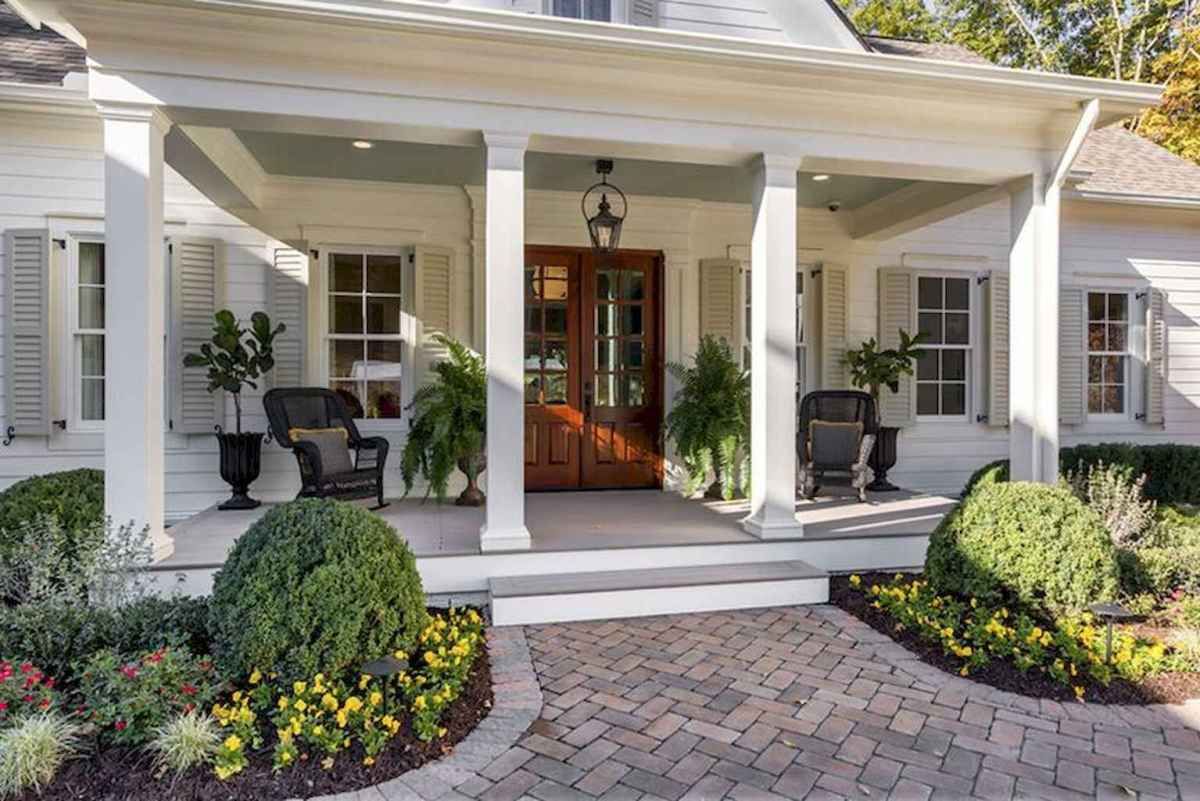

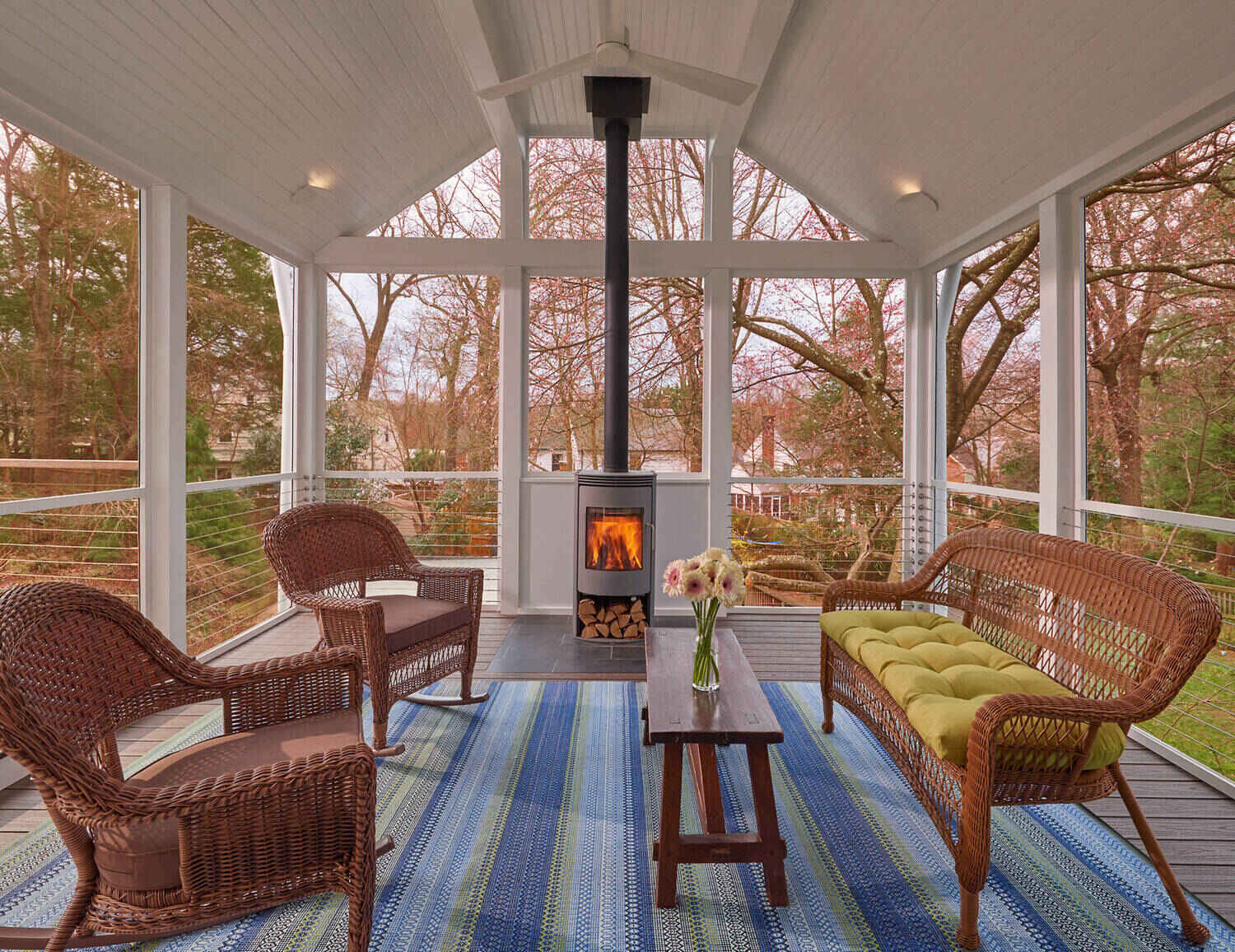
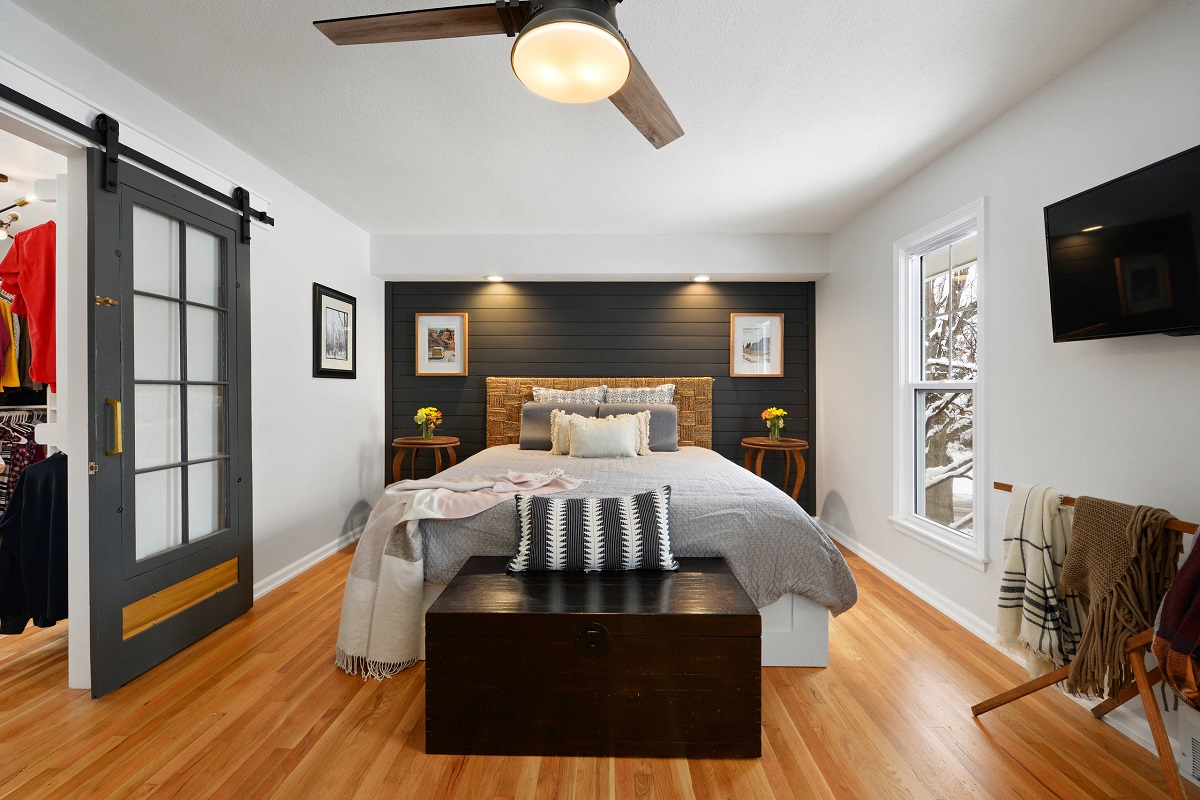
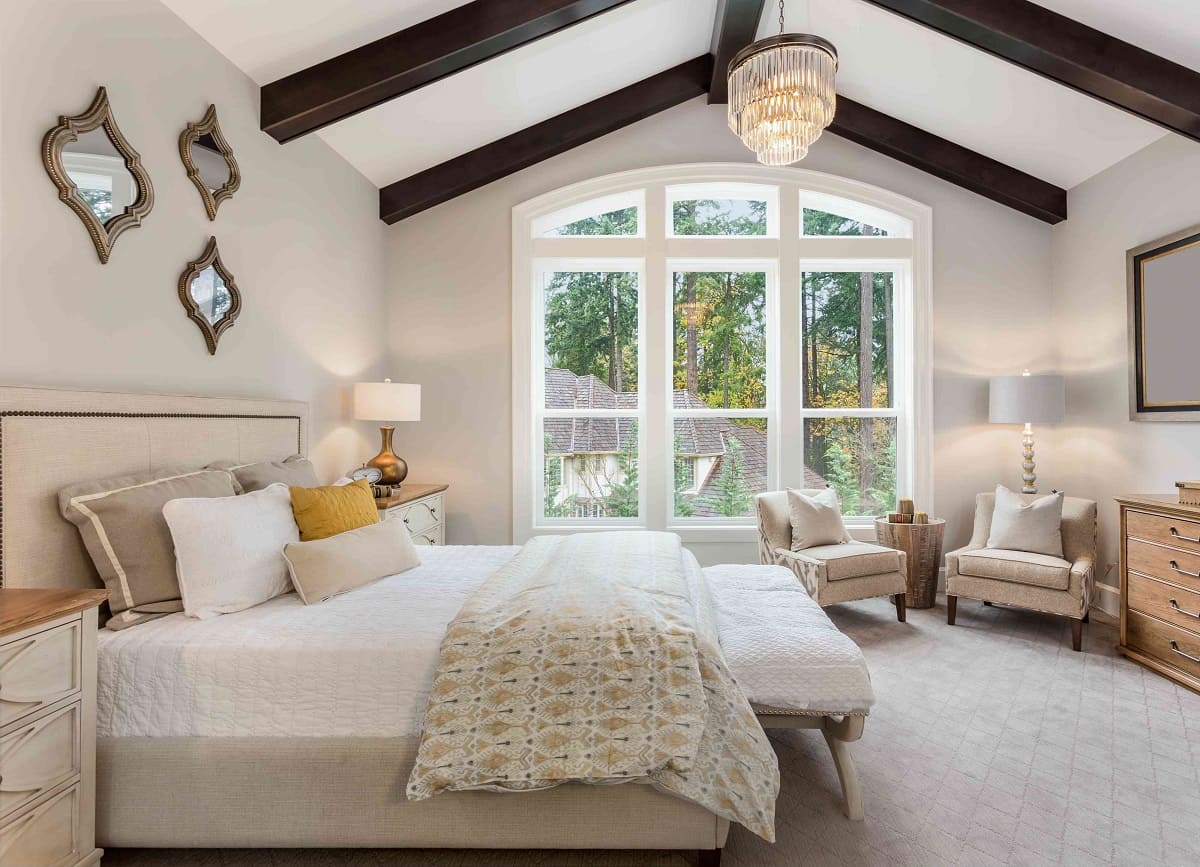
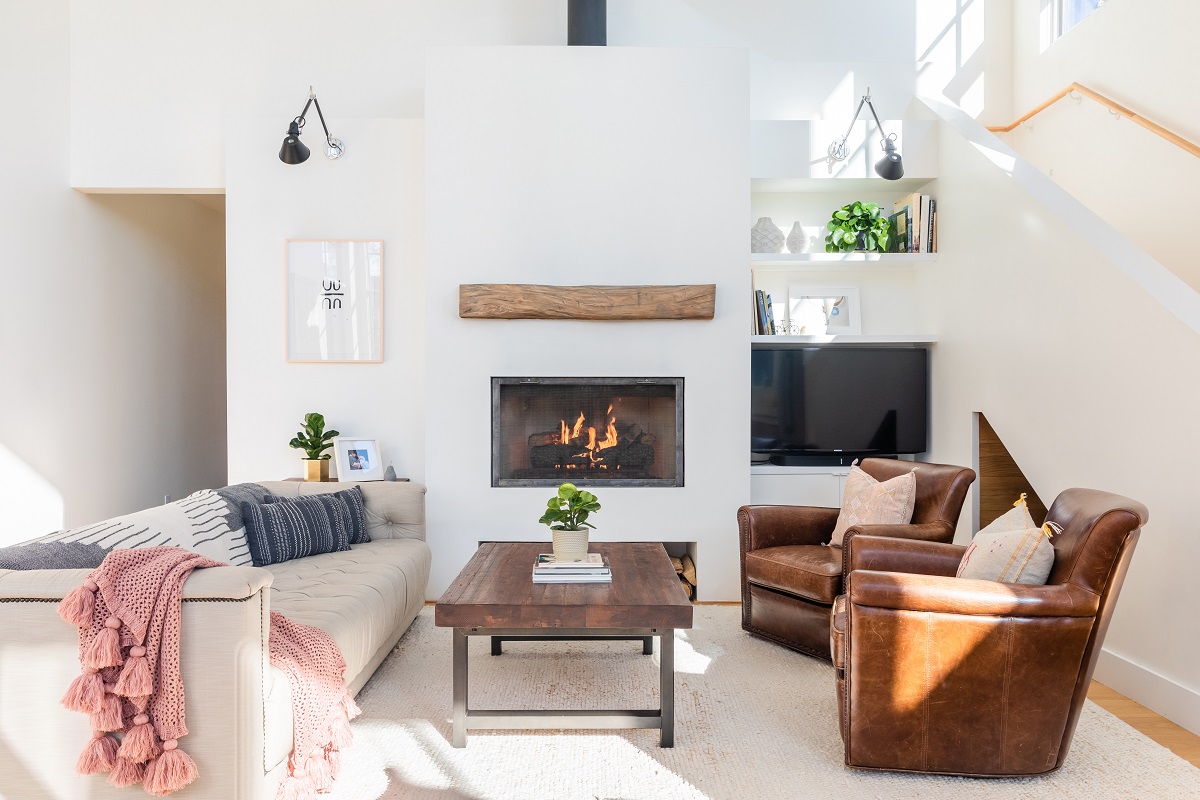
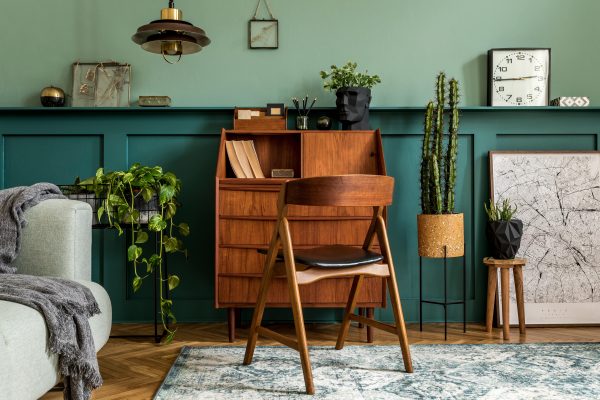
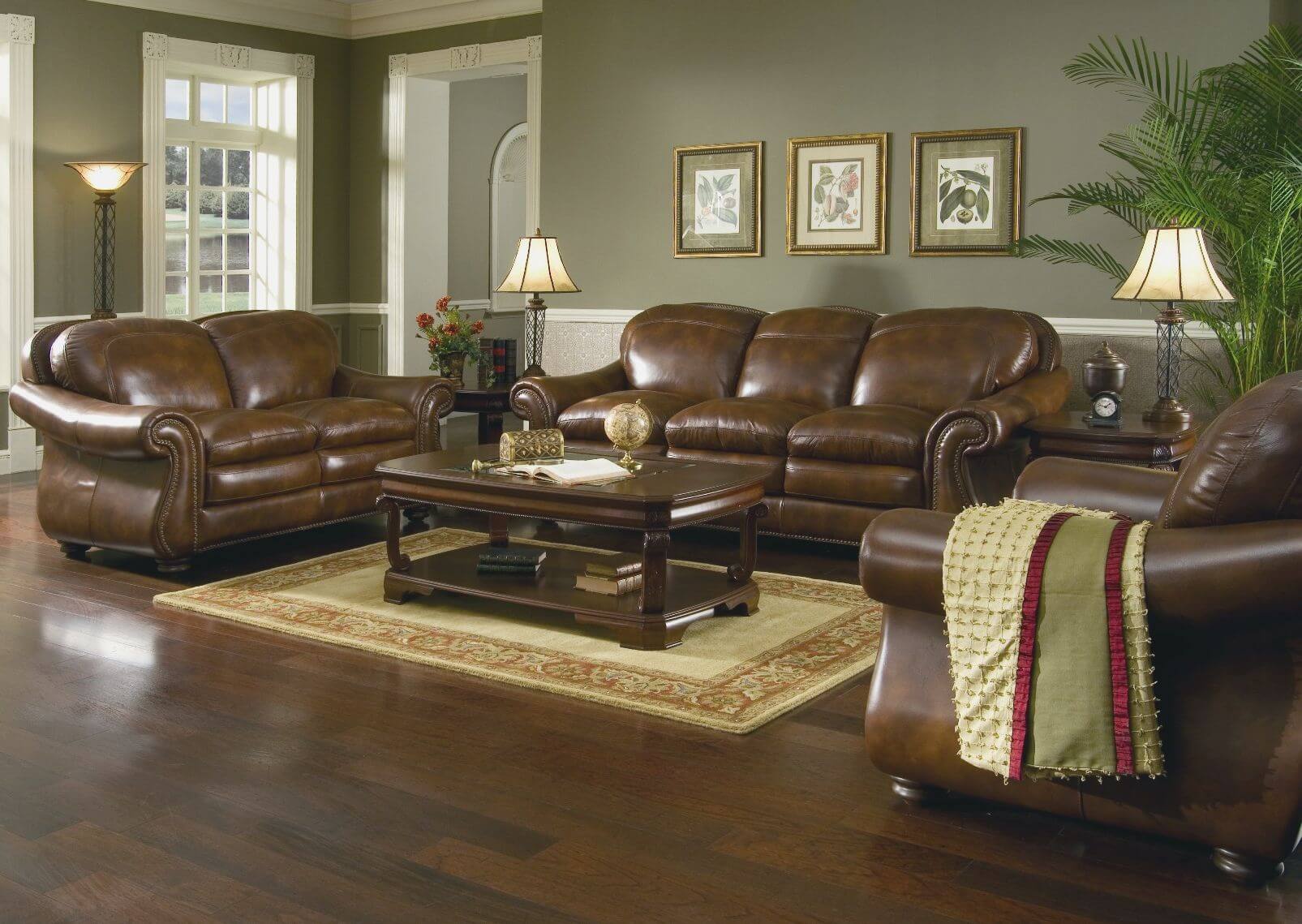
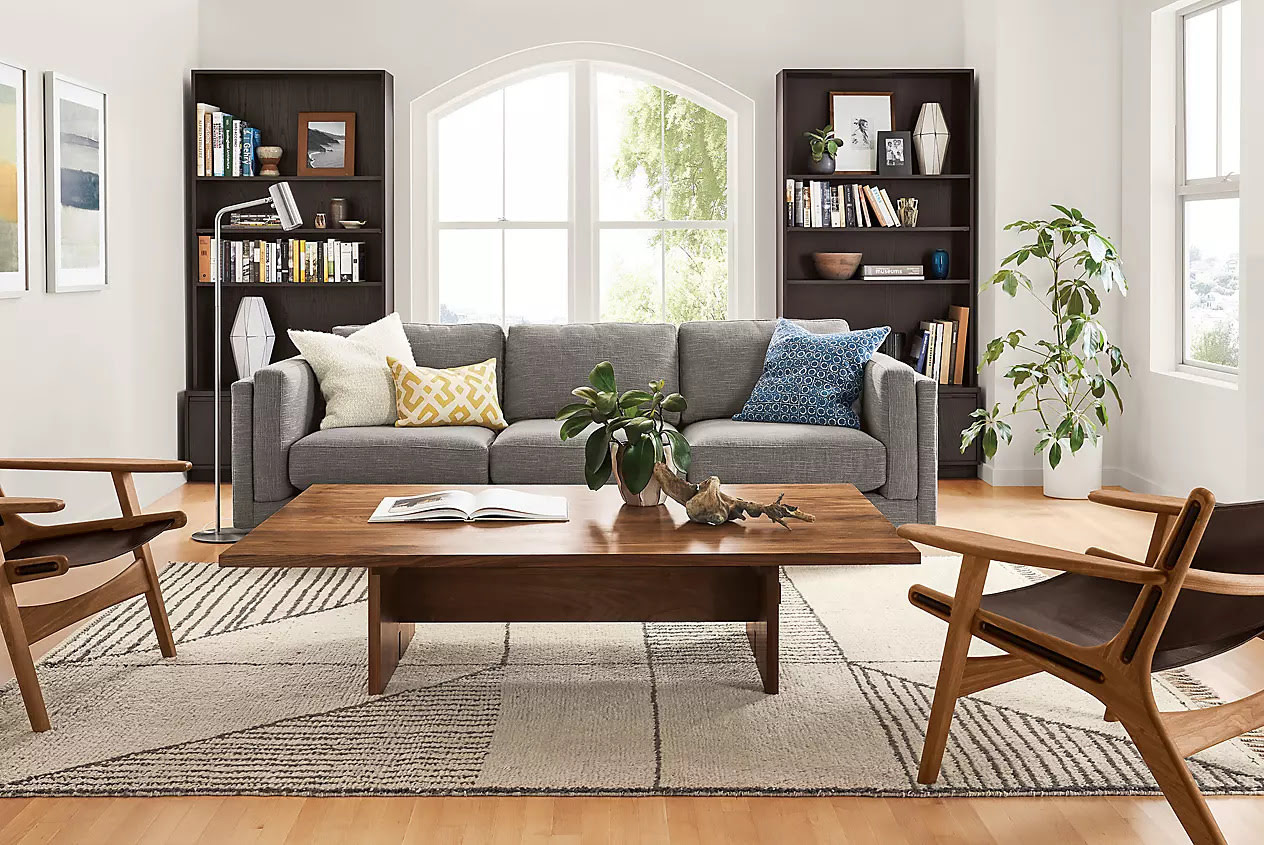
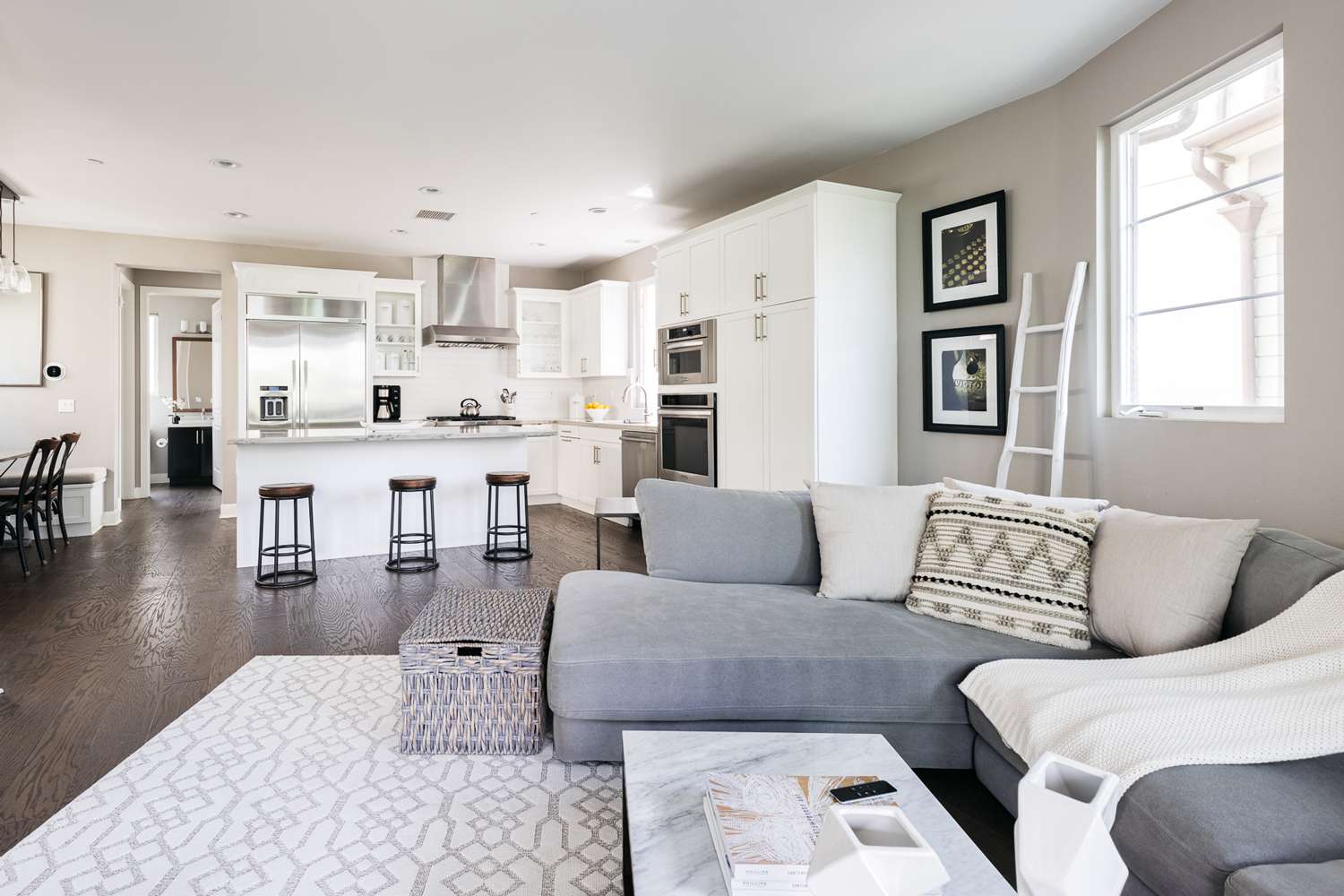


0 thoughts on “Wood Burner Ideas: 12 Cozy Designs And Expert Installation Tips”